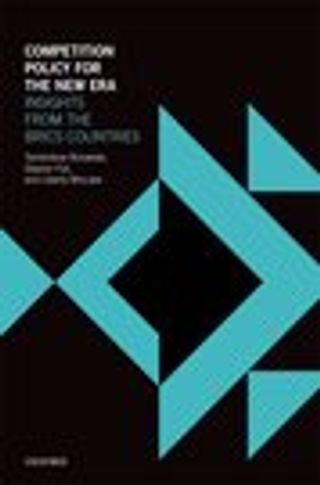?
Competition Policy for the New Era
Competition law has expanded to more than 100 jurisdictions worldwide with varying degrees of economic, social, and institutional development, raising important questions as to what is the appropriate design of competition law regimes and the interaction between competition law and economic development. This volume, comprising a selection of papers from the 4th BRICS International Competition Conference written by academic and practising economists and lawyers from both developed and developing countries, is distinctive in its focus on a broader view of competition policy in BRICS and developing countries. It examines the role competition, the application of broader public interest and national interest concerns in the analysis and influence on developing country competition authorities' policy-making. The contributors address topics such as: - a broad view of competition policy; - making markets work for the people as a post millennium development goal; - some key issues concerning the further development of China's antimonopoly law; - remedies in BRICS countries; - public interest issues in cross-border mergers; - crafting creative remedies in food markets in South Africa; - what are African competition authorities doing to fight cartels?; - successes and challenges in the fight against cartels; and the economics of antitrust sanctioning.
